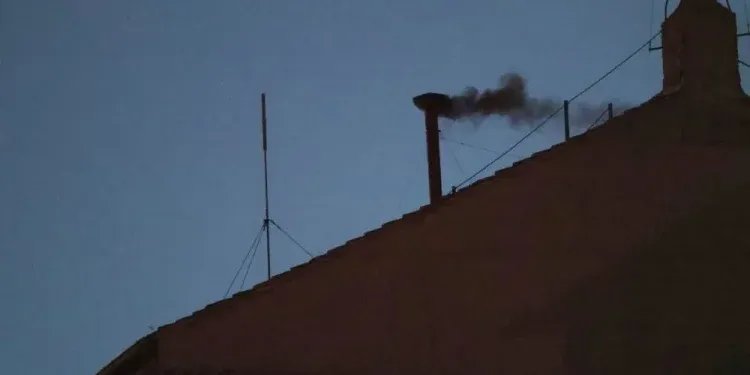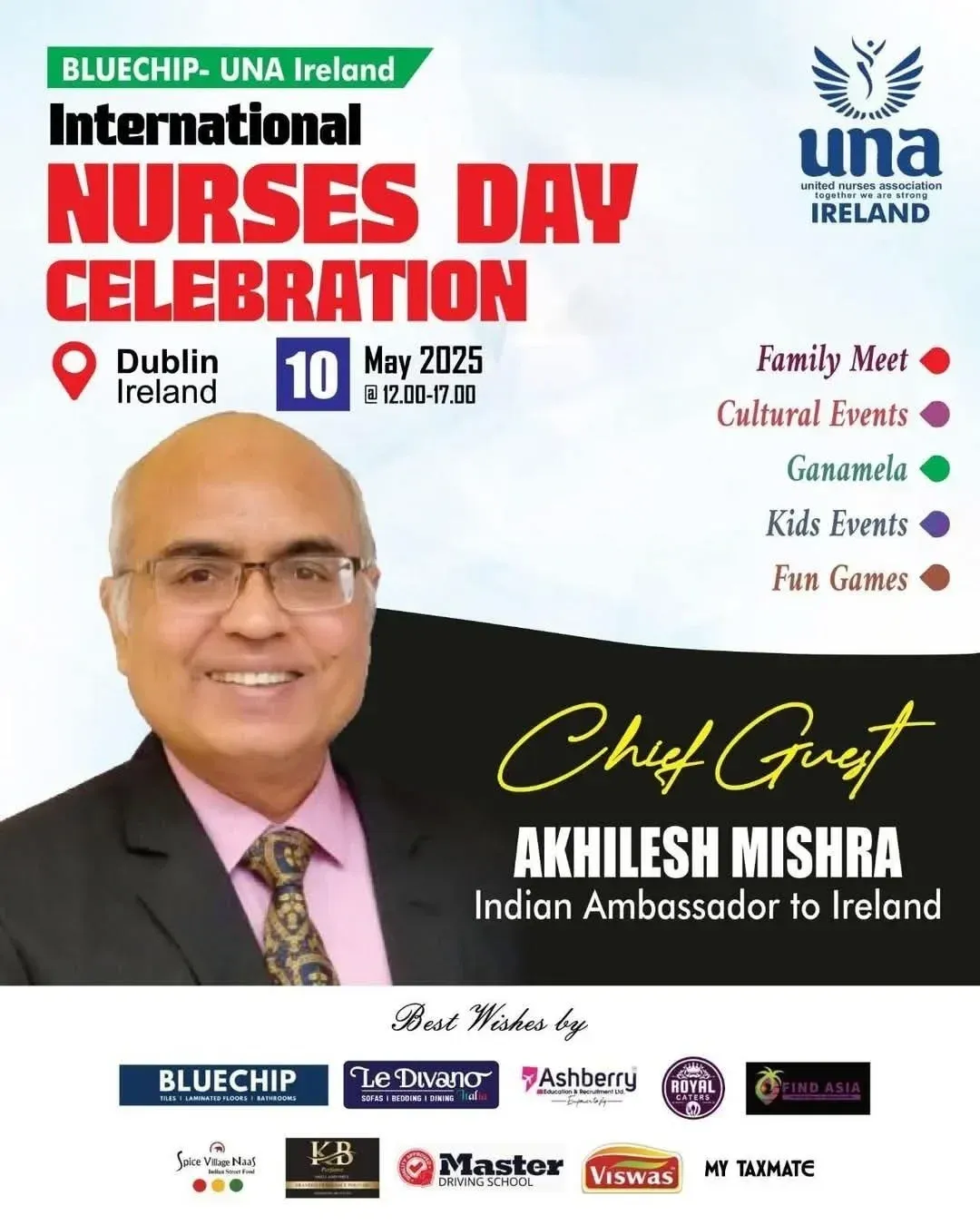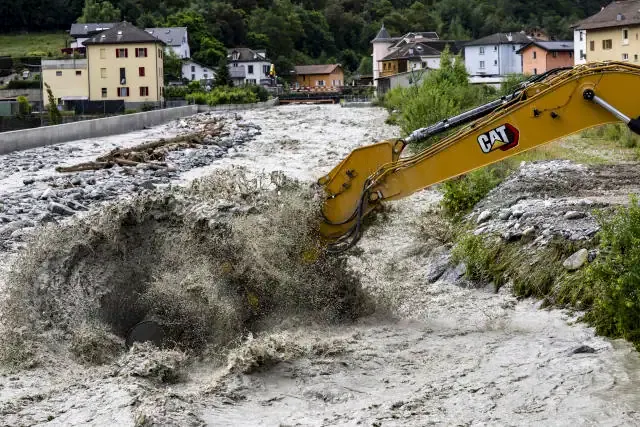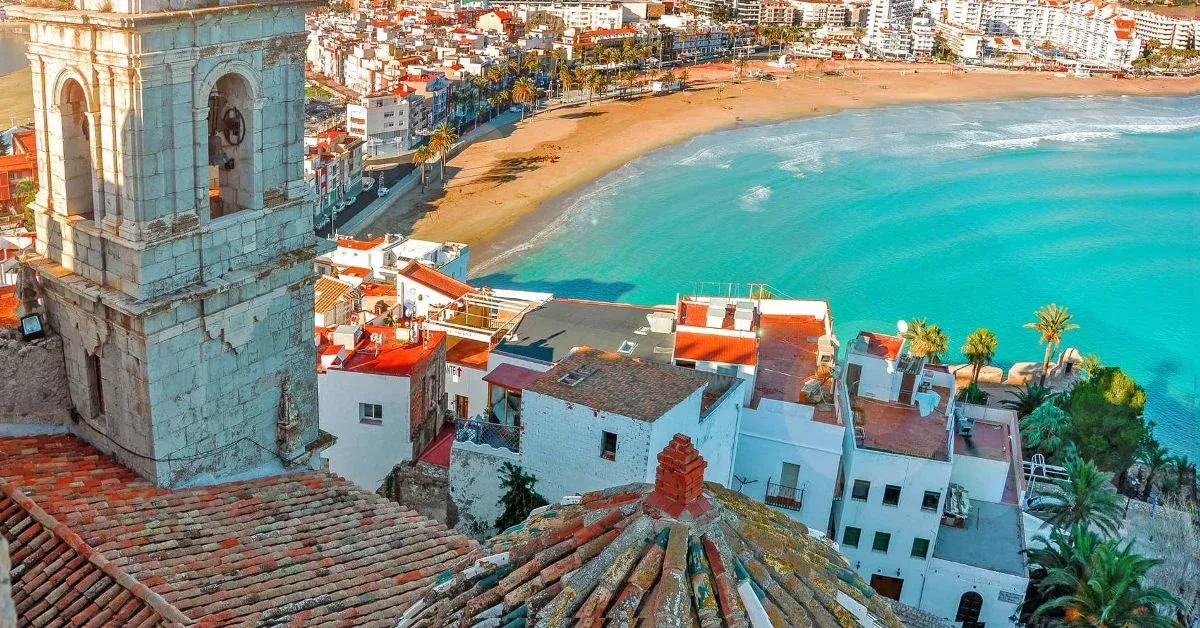Thousands of pilgrims and tourists are expected to gather once again in St Peter’s Square this morning as the Vatican’s conclave continues its historic process to elect the next pope. After the first vote concluded without a clear decision, black smoke rose from the chimney of the Sistine Chapel on Tuesday evening, signalling to the world that the 133 cardinal electors have yet to reach the required two-thirds majority.
At approximately 8:00 PM local time, dark smoke billowed above the Vatican, confirming that no new pontiff had been chosen during the first ballot. The symbolic moment came after the cardinals convened for their opening session in the heavily-guarded Sistine Chapel, where centuries-old tradition dictates that the voting takes place in utmost secrecy.
Early Disappointment for Hopeful Crowds
As is customary during a papal election, large crowds had assembled in St Peter’s Square, braving chilly evening weather and peering at the chapel’s iconic chimney for signs of white smoke—an indication that a new pope has been elected. Instead, the black smoke left many disappointed, though not surprised, as the first round rarely results in an immediate decision.
Today, the cardinals will resume deliberations, casting up to two votes in the morning and two in the afternoon, continuing the schedule that is designed to speed consensus while allowing for prayer and reflection. Vatican officials have confirmed that voting will continue in this manner daily until one candidate secures the supermajority needed—two-thirds of the votes, or at least 89 out of 133.
A Look at Past Papal Elections
Historically, modern conclaves tend to conclude within a matter of days. In 2013, Pope Francis was elected after just five ballots over two days. Before him, Pope Benedict XVI was chosen in 2005 following four votes in less than 48 hours. Pope John Paul II was elected even more quickly in 1978 after just eight ballots across three days.
Despite the swift outcomes in recent decades, longer conclaves are not uncommon in Church history. The longest conclave ever recorded stretched over two years from 1268 to 1271 in Viterbo, Italy. However, with modern communication, logistics, and the pressing need for unified leadership, such prolonged sessions are unlikely today.
Smoke Signals: The Vatican’s Age-Old Code
The use of coloured smoke from the Sistine Chapel is among the most iconic and closely watched traditions of the papal conclave. Black smoke—created by burning ballots with chemical additives—means no pope has been elected. White smoke indicates a successful election and is often accompanied by the ringing of bells, confirming the momentous news.
In anticipation of that moment, many in the crowd are expected to remain in Rome, with hotels near Vatican City reporting full occupancy. Pilgrims, clergy, journalists, and curious tourists alike are gathered in what has become both a spiritual vigil and a global spectacle.
Who Will Be the Next Pope?
Speculation continues as to who will emerge as the next leader of the Roman Catholic Church. While Vatican protocols forbid any public campaigning or lobbying, observers suggest that frontrunners include cardinals with experience in diplomacy, interfaith dialogue, and regions of growing Catholic populations such as Latin America and Africa.
The College of Cardinals remains tight-lipped, as the oath of secrecy prevents any leaks from inside the conclave. Nevertheless, external speculation continues to mount, particularly given the Church’s ongoing challenges, including addressing abuse scandals, expanding its role in global humanitarian efforts, and modernising its approach to young Catholics.
A Waiting Game with Global Attention
As the conclave continues behind closed doors, all eyes remain on the chimney of the Sistine Chapel. The Vatican Press Office has reminded the public that there is no fixed deadline for the election, and the process will take as long as necessary to discern a suitable successor to the Chair of St Peter.
Until the moment of white smoke and the traditional declaration “Habemus Papam” (“We have a pope”) echoes across the square, the world will continue to watch and wait.







